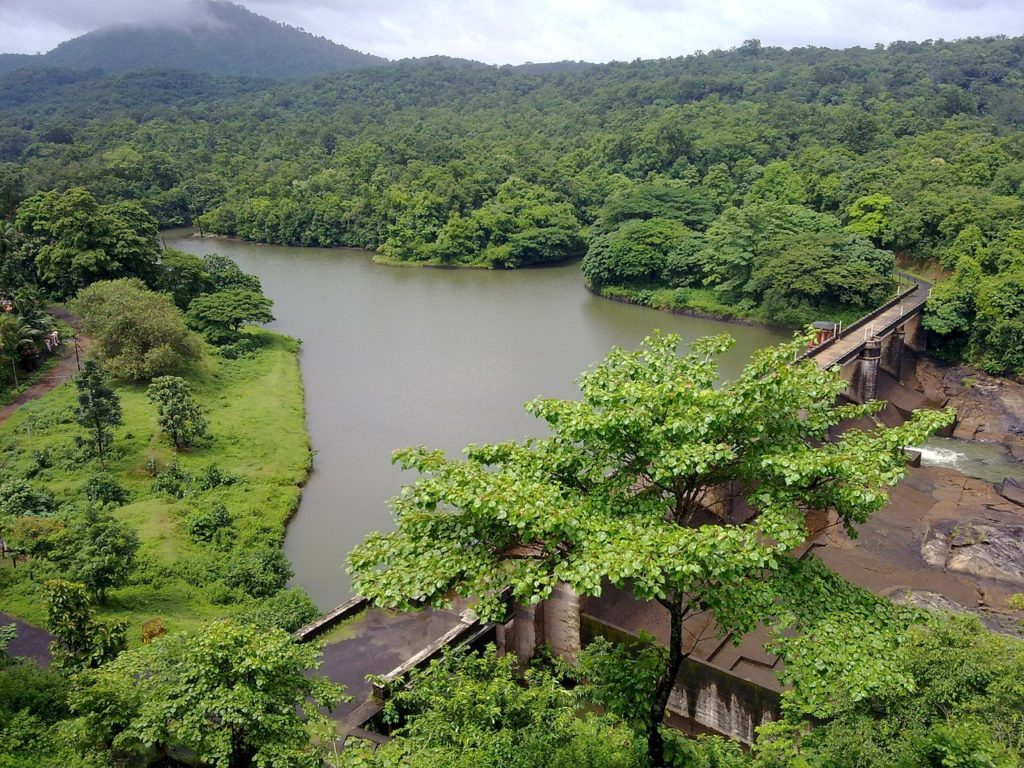
KERALA, India – The ability to access sources of clean water is a global problem. It is day-to-day problem for about 1.9 billion people. It is a problem that can become personal very quickly.
From small villages to major metropolitan areas, water authorities also face the issue of how to provide access profitably. Although controlling billing rates to consumers and businesses is the most visible means of operating water delivery systems profitably, maintaining the systems at optimum operating capabilities is essential to ensuring that the water supply does not go down the drain before, well, it goes down the drain.
Because water delivery systems are primarily underground, they are also out of sight and out of mind. The only publicity a water delivery system gets is bad publicity. People who are connected to a functional water delivery system take the convenience for granted. The only time they give it much thought is when the water stops or is contaminated – even momentarily – or when their water rates are adjusted.
The Kerala Water Authority has been the subject of an abundance of criticism for some time. The authority is, however, taking actions to remedy the problems inherent to its system.
Whether a water system is in the United States or in India, the responsible authorities must maintain records of the efficiency of the system. Statistics indicate that the Kerala Water Authority loses about 45% of its water through leakage every day (The national average in India is 15%). The system is delivering, therefore, at 55% of its capacity at best. The KWA is delivering one million liters per day less than it was designed to do.
KWA uses three types of water meters. Two of those meter types measure flow only when it is at or above either 30 liters or 40 liters per hour. In other words, they do not measure – and therefore do not account for – water being delivered at less than those rates. Subsequently, the KWA cannot bill users for the unmetered amounts of water delivered. While users get free water, KWA continues to operate at a deficit.
(Residents in Kerala who are dependent on groundwater and well water are disadvantaged as the aquifers recede and as saltwater tides during the typhoon season contaminate the fresh water.)
The good news is that the KWA is administering much-needed repairs while water shortages are being experienced “in a few pockets in the district.” The District Collector remains confident that the situation is not at a crisis level despite drought conditions leading to the rainy season.
The KWA has been installing water kiosks in areas most likely to face shortages. It expects 140 kiosks to be in place this year. In addition, the district’s irrigation projects have released water to aid in recharging wells.
Reservoir storage positions are better than 2016 but still lower than the 10-year average. The Water Resources Minister told officials last week that work in progress on 18 drinking water supply schemes is expected to be complete sometime in March or April. Construction of temporary check dams has been underway as a part of 94 works projects.
“With inflow into reservoirs slowing down, the focus has shifted to the conservation of drinking water sources and prevention of salinity intrusion. Efforts are on to repair pumps and motors, plug leakages in distribution lines, and provide reverse osmosis filters to tap the water stored in abandoned quarries.”
Sources:
- The Hindu, Govt takes steps to meet water scarcity
- The Hindu, Piped water supply satisfactory
- India Spend, Harvesting the Rain: How One Kerala District Is Solving Its Water Problem
- The Times of India, Kerala Water Authority spills almost half the water it generates
For more information about this, click here.




